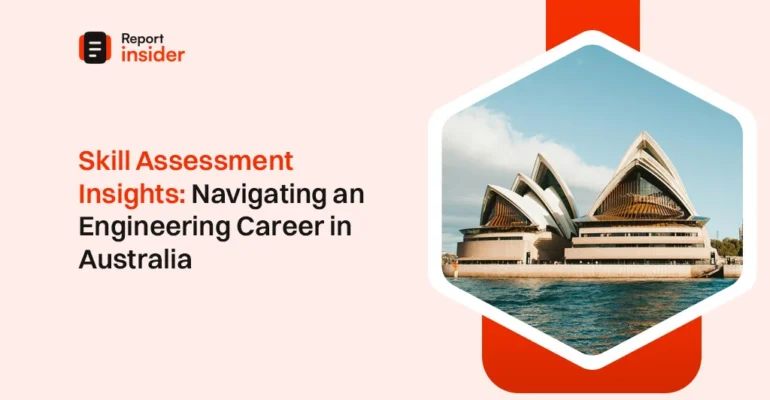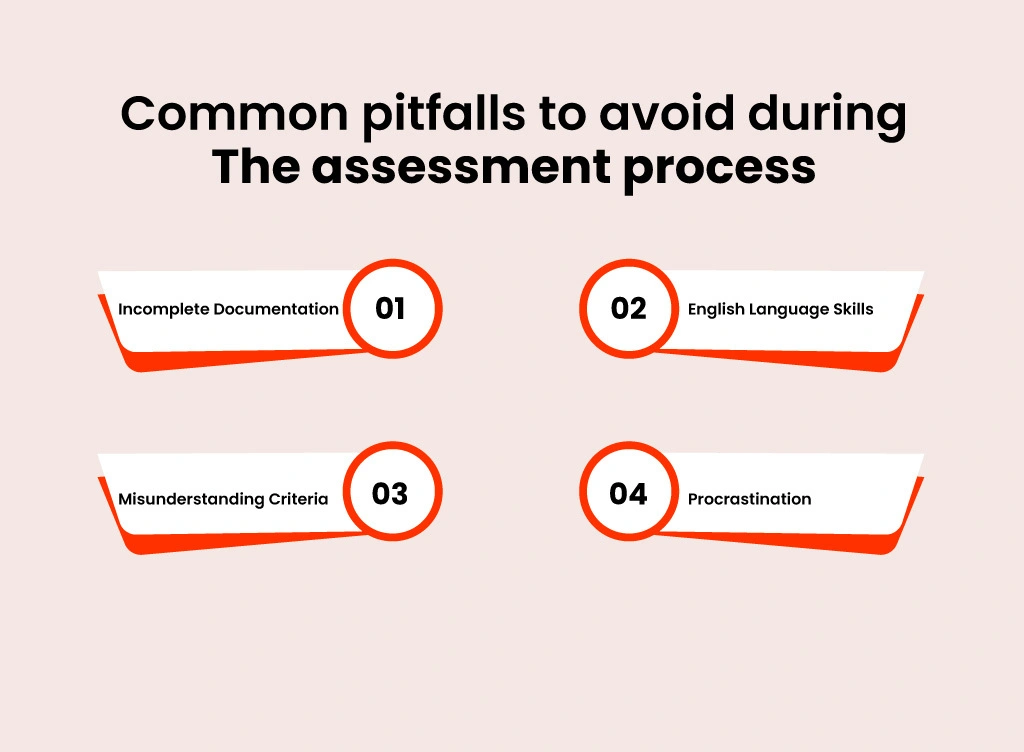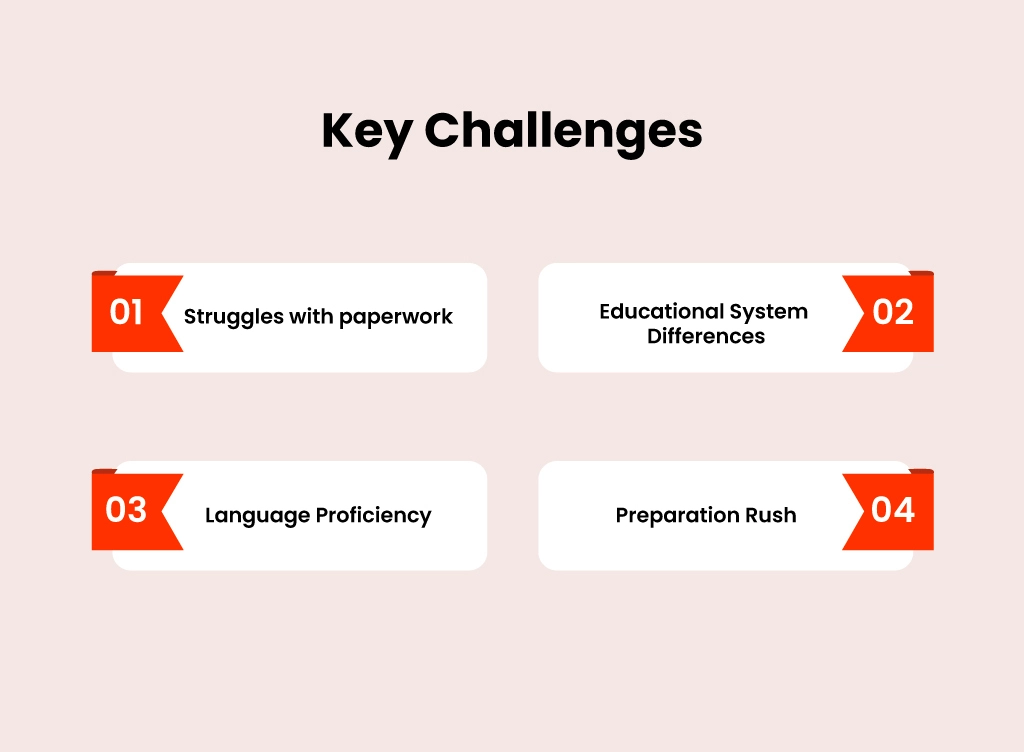Skill Assessment Insights for Engineering Career in Australia

Skill Assessment Insights for Engineering Career in Australia
The skill assessment is like the golden ticket for engineers wanting to move to Australia. It’s a critical process that verifies if your qualifications match what Australian employers are seeking.
Think of it as a seal of approval that opens doors to better job opportunities and an easier transition into the Australian work environment. Getting it right ensures your skills are in line with Australian standards, ensuring a successful journey to work and live in Australia.
Understanding the skill assessment process is essential for a successful move and career in Australia. It’s like having a map, the better you understand it, the smoother your journey. This process isn’t just about paperwork; it’s the secret code that demonstrates to employers that you’re the right fit.
So, grab that key, understand the process, and enhance your chances of a successful migration and finding a great job in Australia!
Understanding the Skill Assessment Process
A skill assessment for engineers is like a thorough check-up for your professional abilities. It involves proving that your education, work experience, and English skills meet the standards required in Australia. You start by picking the right assessment authority for your type of engineering.
Then, you gather documents like transcripts and work references. They look closely at your qualifications and check to see if your work experience is a good fit for the job you’re looking for in Australia. They also want to be sure you can communicate well in English. If everything checks out, you get a stamp of approval, making it easier to find a job.
In Australia, assessing authorities like Engineers Australia play a crucial role in giving a thumbs-up to engineers. They’re like the referees of qualifications, making sure your education and experience match Australian standards. Each assessing authority is like a specialist for different types of engineering.
So, when Engineers Australia or the right authority gives you the nod, it’s your ticket to show Australian employers that you’re a qualified player for the job. While going through the skill assessment process for engineers in Australia, you’ll need to gather several key documents to showcase your qualifications and experience.
Educational Certificates: Provide clear and certified copies of your academic transcripts and certificates. This includes degrees and diplomas related to your engineering qualifications. Make sure these documents highlight the subjects you studied and the grades you achieved.
Work Experience Evidence: Document your work history with precision. Include detailed resumes or curriculum vitae (CV) outlining your professional journey. Attach letters from past employers specifying your job roles, responsibilities, and the duration of your employment.
This evidence should align with the engineering field for which you are seeking an assessment.
Professional References: Secure references from professionals who can vouch for your skills and experience. These references should ideally come from supervisors or colleagues who can provide insights into your engineering capabilities. Make sure these references include contact details for verification.
English Language Proficiency: If applicable, include evidence of your English language proficiency. This often involves providing results from recognized English language tests such as IELTS or PTE. Ensure your scores meet the minimum requirements set by the assessing authority.
Other Relevant Certifications: Include any additional certifications or training programs that are relevant to your engineering field. This could further strengthen your case and demonstrate your commitment to ongoing professional development.
Identification Documents: Provide copies of your passport or other identification documents to verify your identity. This is a standard requirement for the assessment process.
Remember, clarity and accuracy are crucial. Ensure that all documents are legible, translated into English if necessary, and certified as true copies. This comprehensive documentation will paint a clear picture of your qualifications and work experience, facilitating a smooth and successful skill assessment process in Australia.
Assessment Criteria
Assessing authorities, like Engineers Australia, use specific criteria to check if your engineering qualifications match what’s needed in Australia. They look at your education, making sure it’s similar to what Australians study. They also check to see if your work experience fits the engineering job you’re aiming for.
Speaking English well is crucial, so they test that too. They want to see if you’re up-to-date with the latest in your field and if your past bosses vouch for your skills. Understanding and meeting these criteria is like having the right keys to open the door to working as an engineer in Australia.
Meeting Australian standards and requirements is super important because it’s like playing by the rules in Australia’s engineering game. It ensures that your work meets the expectations and safety standards set by Australia. It’s not just about fitting in; it’s about making sure everything you do, whether building bridges or designing structures, follows the guidelines to keep things safe and up to Australian standards.
Meeting these requirements is your ticket to a successful engineering career in Australia, where everyone is on the same page, working together to build top-notch projects.
What are the common pitfalls to avoid during the assessment process?

Incomplete Documentation
Pitfall: Missing or unclear paperwork.
Solution: Ensure all your documents are complete and easy to understand.
English Language Skills
Pitfall: Underestimating the importance of English proficiency.
Solution: Practice and meet the required language standards.
Misunderstanding Criteria
Pitfall: Not understanding what the assessing authorities are looking for.
Solution: Tailor your application to meet specific criteria outlined by the authorities.
Procrastination
Pitfall: Waiting until the last minute to start the process.
Solution: Begin early to avoid stress and allow time for any unforeseen challenges.
Avoiding these pitfalls will help ensure a smoother assessment process for your engineering skills in Australia.
Key Challenges and Solutions

Engineers often face challenges during the skill assessment process when moving to Australia. One common hurdle is the lack of proper documentation. Sometimes, essential papers like academic transcripts or work experience proofs are missing or not presented.
Another challenge arises from differences in educational systems. What might be common in one country could be unfamiliar in Australia, making it vital to bridge these gaps in understanding. Additionally, language proficiency can be a hurdle, especially if English is not the engineer’s first language.
These challenges highlight the importance of ensuring all necessary documents are in order and addressing potential disparities in education systems and language skills to navigate the skill assessment process successfully.
By implementing these practical solutions, you can navigate the skill assessment process more effectively and increase your chances of a successful transition to engineering work in Australia.
Struggles with paperwork
Problem: Missing paperwork.
Solution: Seek help from migration agents, who can guide you on what documents are needed and how to present them.
Educational System Differences
Problem: Variations in education systems.
Solution: Get additional training or certification if required. This can bridge the gap and make your qualifications more understandable to the Australian authorities.
Language Proficiency
Problem: Difficulty with English.
Solution: Consider additional language training. You can take English courses or practice with language tutors to enhance your proficiency.
Early preparation
Problem: last-minute rush.
Solution: Start the process early. This gives you time to gather documents, seek advice, and address any unexpected challenges well in advance.
Conclusion
In general, the skill assessment is like the golden ticket for engineers heading to Australia. Forget about all the hurdles; the Competency Demonstration Report (CDR) is your ticket to a successful engineering career in Australia. With the right CDR, you’ll not only confirm your qualifications but also gain a competitive advantage in the job market.
Nailing the CDR assessment opens doors to a broader range of job opportunities. It’s not just a routine process, but it’s the key that unlocks a world of potential for your engineering career. Grab hold of this opportunity, and your dream engineering career in Australia could be within reach.
FAQs
What is a skill assessment for engineers in Australia?
A skill assessment is a crucial process that verifies if an engineer’s qualifications meet the standards required by Australian employers.
Why is the skill assessment process important for engineers moving to Australia?
The process ensures that an engineer’s qualifications align with Australian standards, increasing their chances of finding suitable job opportunities.
How does the skill assessment process work?
Engineers select the appropriate assessing authority and provide documentation such as transcripts, work references, and English language proficiency results. The assessing authority evaluates these documents to determine if the engineer meets Australian standards.
What are the common pitfalls to avoid during the skill assessment process?
Common pitfalls include incomplete documentation, underestimating the importance of English proficiency, misunderstanding criteria, and procrastination.
What challenges do engineers face during the skill assessment process?
Challenges include differences in educational systems, language proficiency barriers, and the need for thorough preparation to ensure all necessary documents are in order.
How can engineers overcome challenges during the skill assessment process?
Solutions include seeking help from migration agents for paperwork, obtaining additional training or certification to bridge education system differences, improving language proficiency through courses or tutoring, and starting the process early to avoid the last-minute rush.

